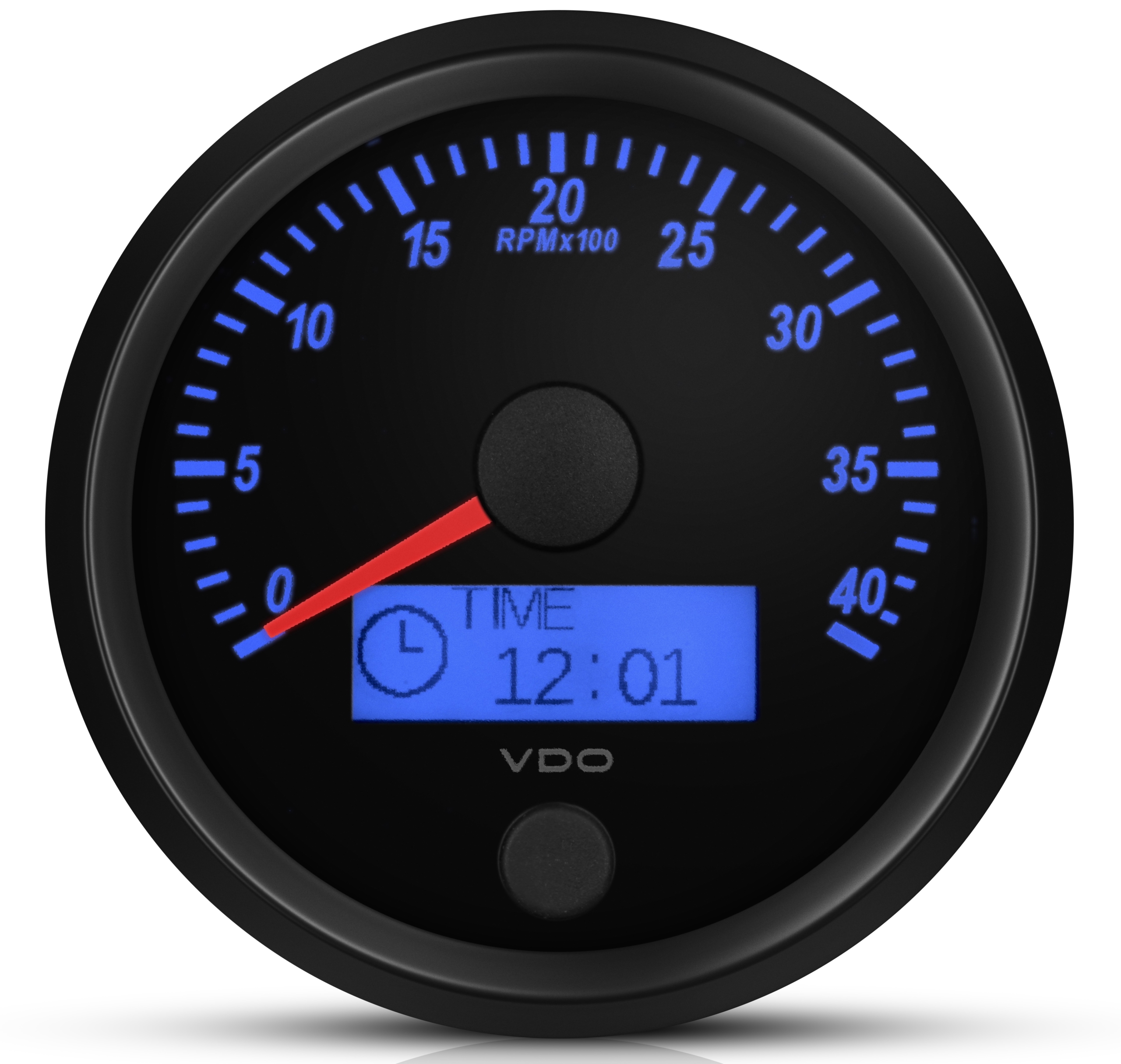Exactly How a Tachometer Aids Monitor Engine Health And Wellness and Efficiency
Exactly How a Tachometer Aids Monitor Engine Health And Wellness and Efficiency
Blog Article
The Value of a Tachometer in Checking Engine Speed and Performance in Automotive Applications
In the world of auto design, the tachometer stands as an essential tool in the chauffeur's toolbox, giving a straight window into the internal workings of a lorry's engine. Beyond its function as a mere gauge of changes per minute (RPM), the tachometer works as a vital device for fanatics and professionals alike, supplying real-time understandings into engine efficiency and health. Understanding the value of this tool goes past surface-level monitorings, delving right into the elaborate partnership between engine speed, power result, and total driving experience. As we explore the multifaceted function of the tachometer in automobile applications, a much deeper admiration for its impact on vehicle dynamics and performance starts to arise.
Significance of Keeping An Eye On Engine RPM
Keeping an eye on engine RPM, or changes per min, is an important element of automotive maintenance and efficiency examination. Engine RPM straight correlates with the speed at which the engine's crankshaft turns, suggesting just how rapidly the engine is running.
Moreover, keeping an eye on engine RPM is crucial for efficiency analysis in auto racing and high-performance lorries. Maintaining optimal RPM degrees is crucial for achieving peak power outcome and acceleration. Racers usually utilize tachometers to ensure they are operating within the suitable RPM array for maximum performance. In summary, keeping track of engine RPM is not just essential for identifying problems but additionally for maximizing engine performance in numerous vehicle applications.

Advantages of Real-Time Data
In automobile applications, real-time data plays an important role in offering immediate understandings into the performance and problem of the automobile. By constantly monitoring different parameters such as engine speed, temperature level, fuel intake, and a lot more, real-time information provides various benefits that add to improved effectiveness and safety and security when driving.
One substantial advantage of real-time information is its capability to sharp motorists and technicians to any type of abnormalities or concerns promptly. This positive technique allows fast recognition of potential issues, enabling for timely interventions to stop additional damages or break downs. Additionally, real-time data facilitates performance optimization by supplying prompt responses on driving practices and engine effectiveness. Vehicle drivers can adjust their actions in real-time based on this info to accomplish better fuel economic situation and extend the life-span of their vehicle.

Furthermore, real-time information plays a crucial function in modern automobile diagnostics, allowing technicians to promptly diagnose and deal with breakdowns. This results in lowered downtime, lower maintenance costs, and eventually, enhanced general lorry integrity and long life (tachometer). By utilizing the power of real-time information, automotive stakeholders can make educated choices that positively influence both the performance and long life of the vehicle
Impact on Gear Shifts
Reliable equipment changes in automobile applications considerably affect general efficiency and driving experience. The tachometer plays a vital function in enhancing equipment shifts by offering real-time engine speed data to the chauffeur. When approaching the redline on the tachometer, it signifies the vehicle driver to upshift to avoid over-revving the engine and creating official site potential damage. On the other hand, downshifting at the best moment can help maintain the engine in its power band, guaranteeing responsive acceleration when required.
Additionally, the tachometer help in attaining smoother equipment changes, particularly in hands-on transmissions. By monitoring engine rate, drivers can carry out gear shifts at the ideal RPM variety, reducing snagging activities and minimizing wear on the transmission components. This precision on duty changes not only enhances driving convenience but additionally contributes to sustain efficiency.
Enhancing Gas Effectiveness
Provided the essential duty the tachometer plays in enhancing equipment shifts for performance and engine health, it directly adds to optimizing gas effectiveness in automobile applications. By offering real-time feedback on engine rate, the tachometer helps chauffeurs in maintaining the most reliable RPM variety for gas economic situation. When motorists constantly keep track of the tachometer and readjust their motoring routines as necessary, they can stay clear of unnecessary gas intake triggered by over-revving or hauling the engine.
Moreover, the tachometer assists motorists identify the most fuel-efficient gear to be in at any type of provided moment, protecting against the engine from functioning tougher than necessary. In final thought, the tachometer offers as an important device in improving fuel performance by promoting optimal driving habits and identifying areas for enhancement in the lorry's efficiency.

Making The Most Of Engine Long Life
The tachometer's function in checking engine speed and performance is critical in making sure the long life of vehicle engines. Checking the tachometer allows vehicle drivers to stay within the suggested RPM range for their automobile, avoiding unnecessary strain on the engine and prolonging its lifespan.

Conclusion
In verdict, the tachometer plays an important role in checking engine rate and performance in auto applications. By supplying real-time information on RPM, it permits for reliable gear changes, boosted fuel efficiency, and taken full advantage of engine longevity. This tool is important for preserving optimum engine efficiency and making certain the total capability of a vehicle.
Report this page